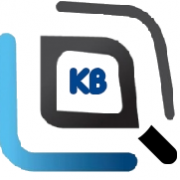How to connect a real device to AppUse
In order to connect a real device you should do the following steps:
- Enable USB debugging mode:
a. Open your device’s “Settings.”
This can be done by pressing the Menu button while on your home screen and tapping “System Settings.”
b. Scroll to the bottom and tap “About phone.”
c. On the “About” screen, scroll to the bottom and tap on “Build number” seven times.
If you see the message “Not needed, you are already a developer!” pop up, then you know if the command succeeded.
Read more →



